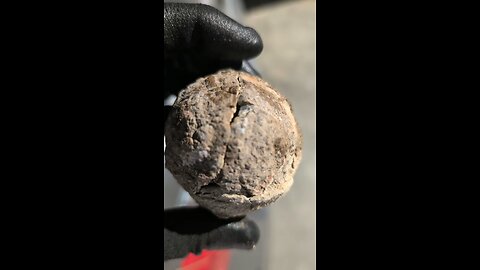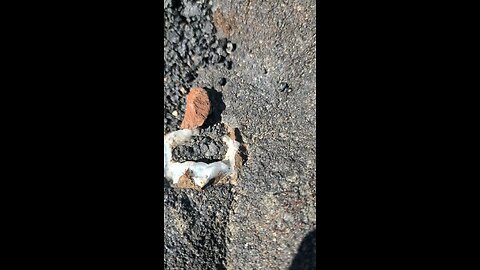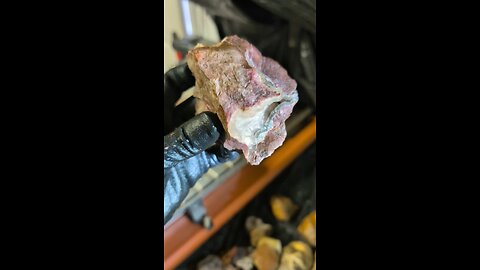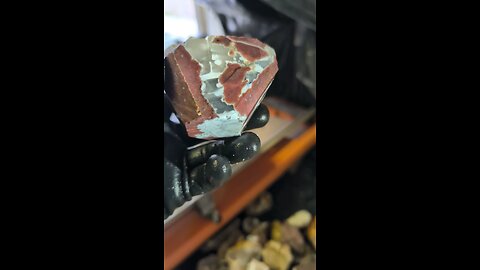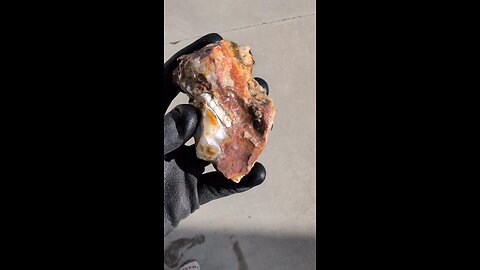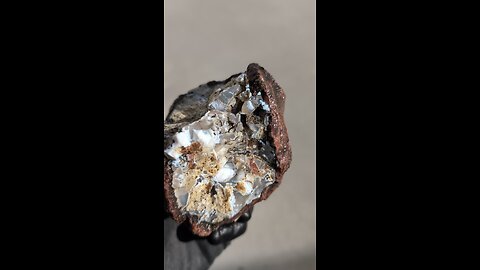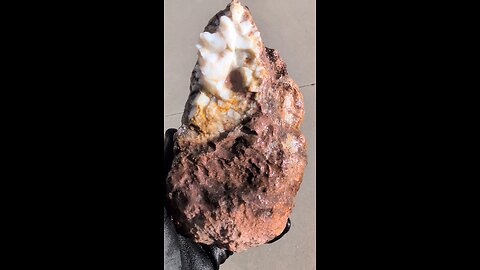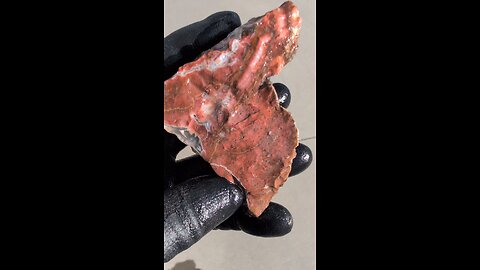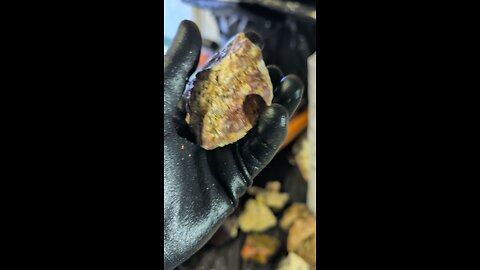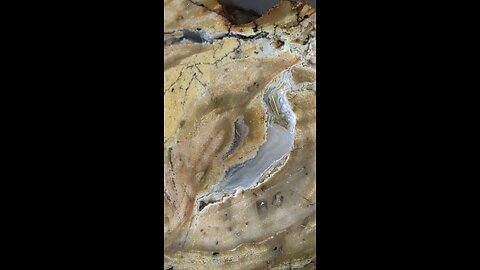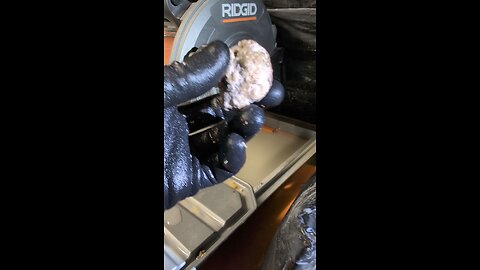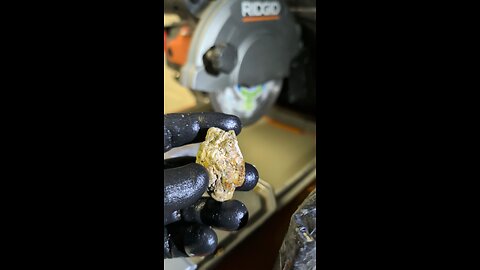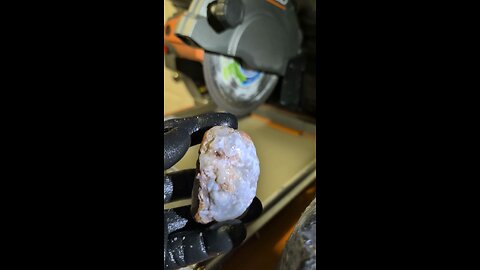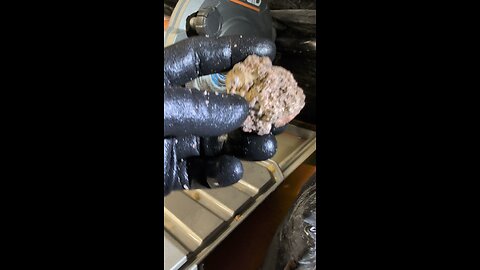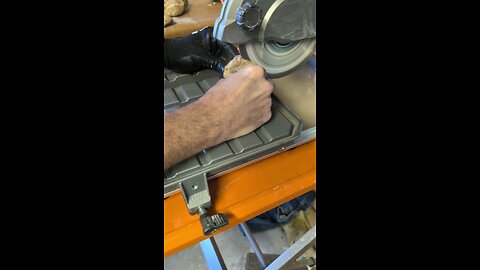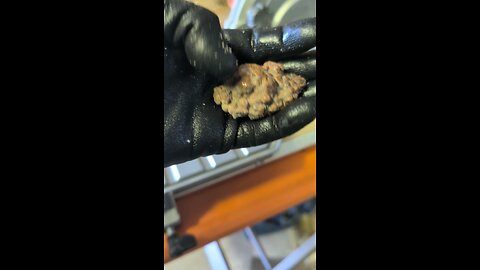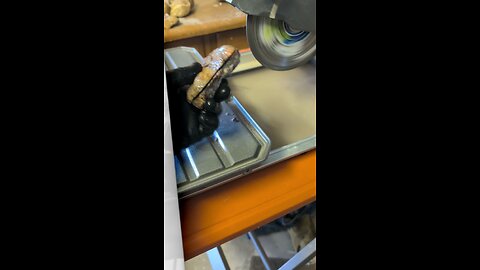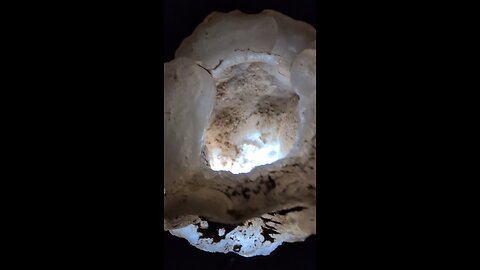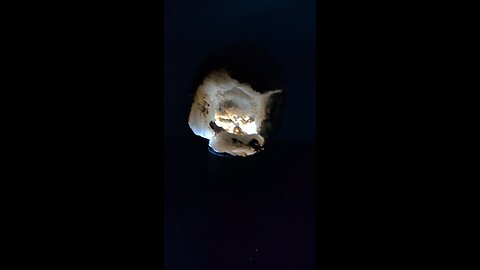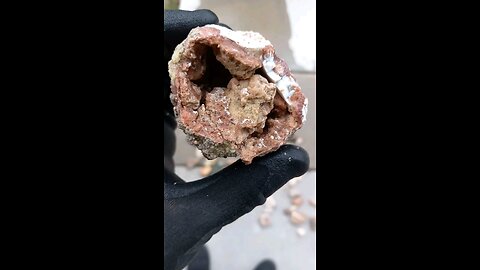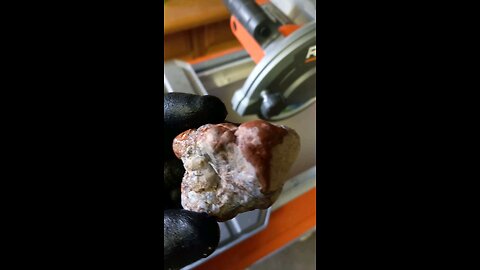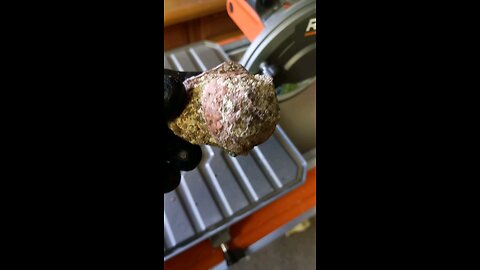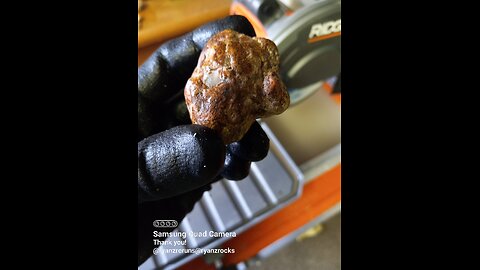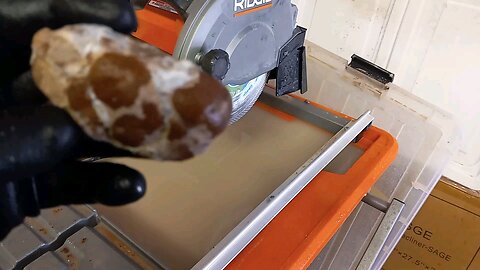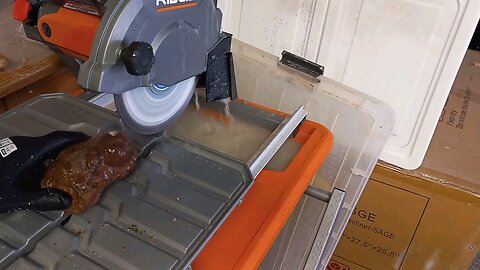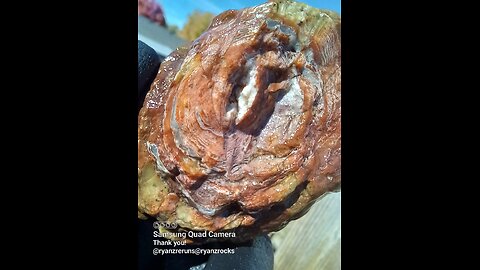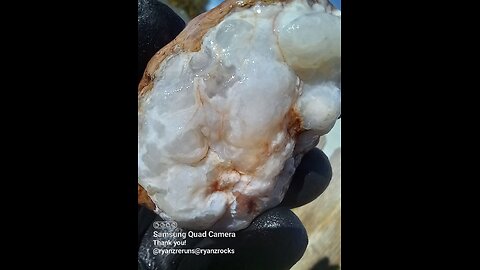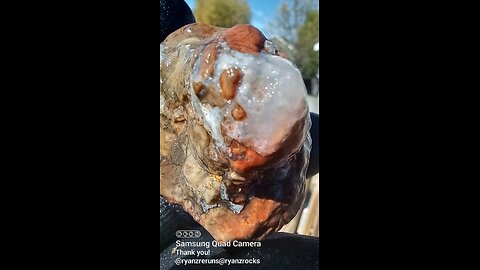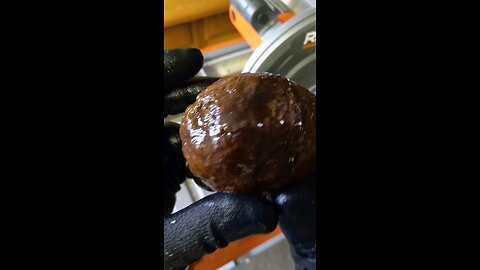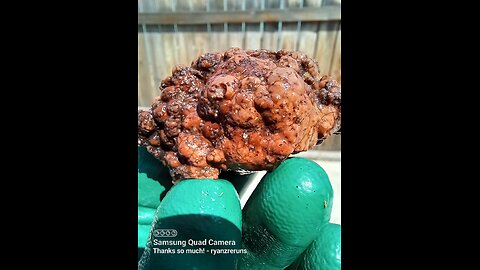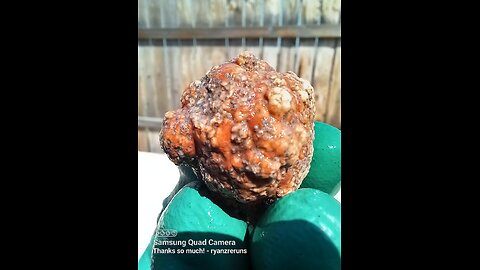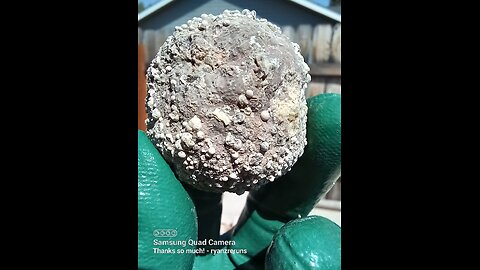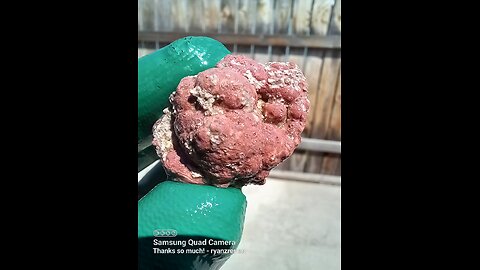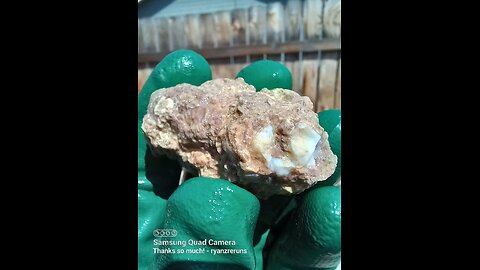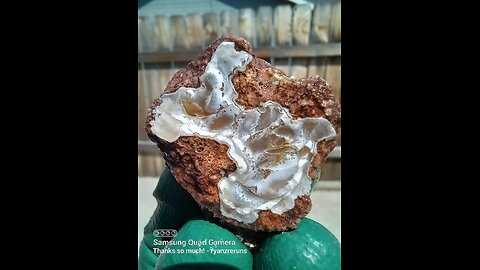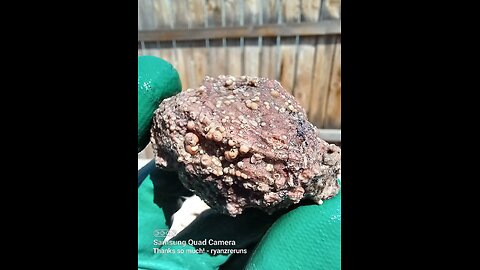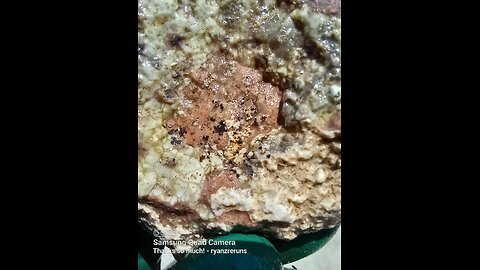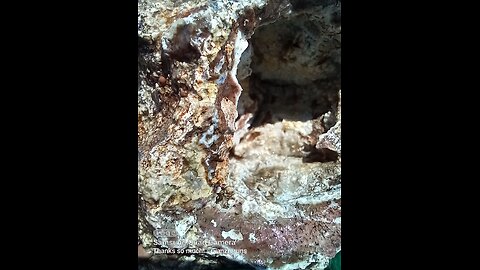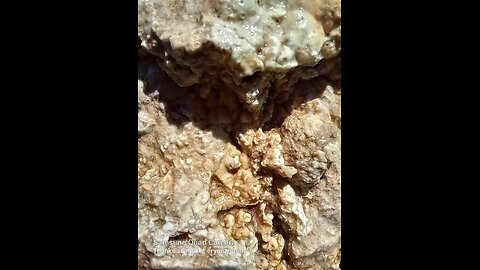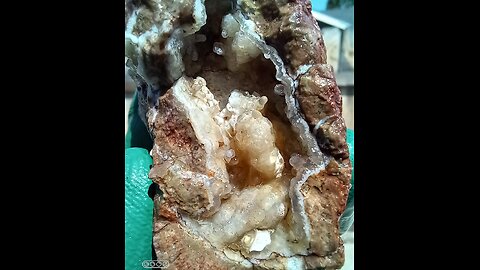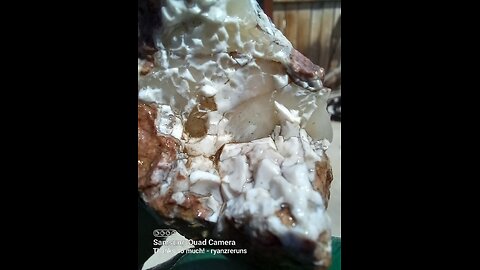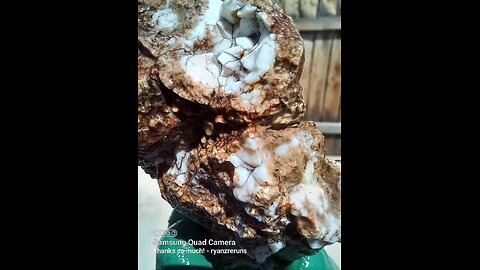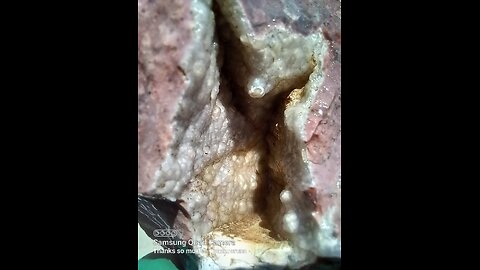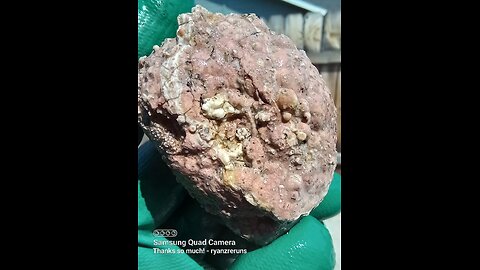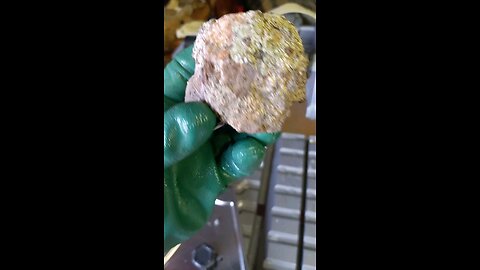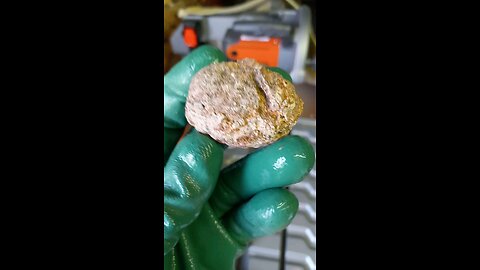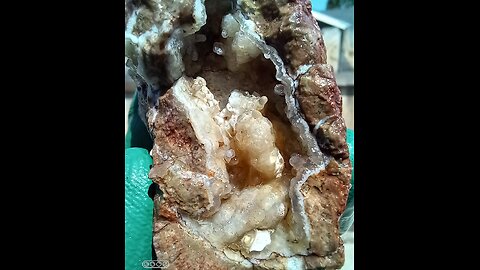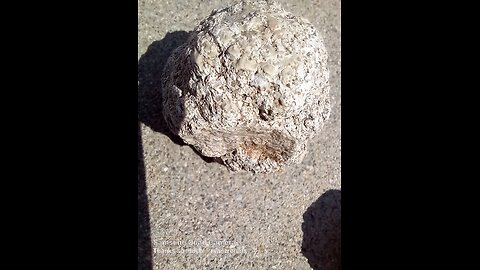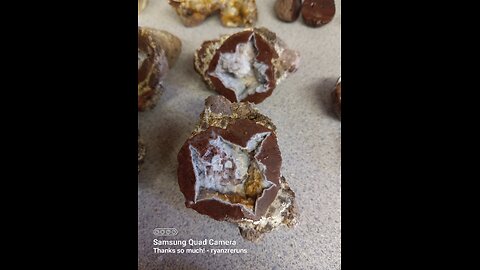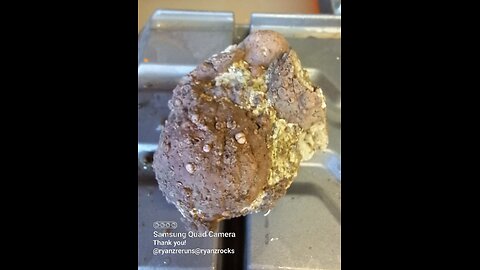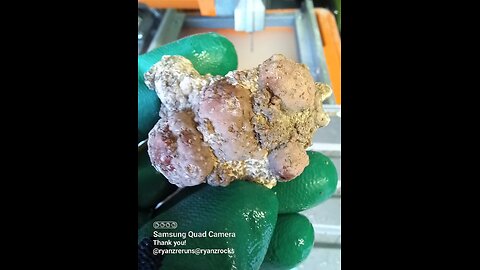Premium Only Content
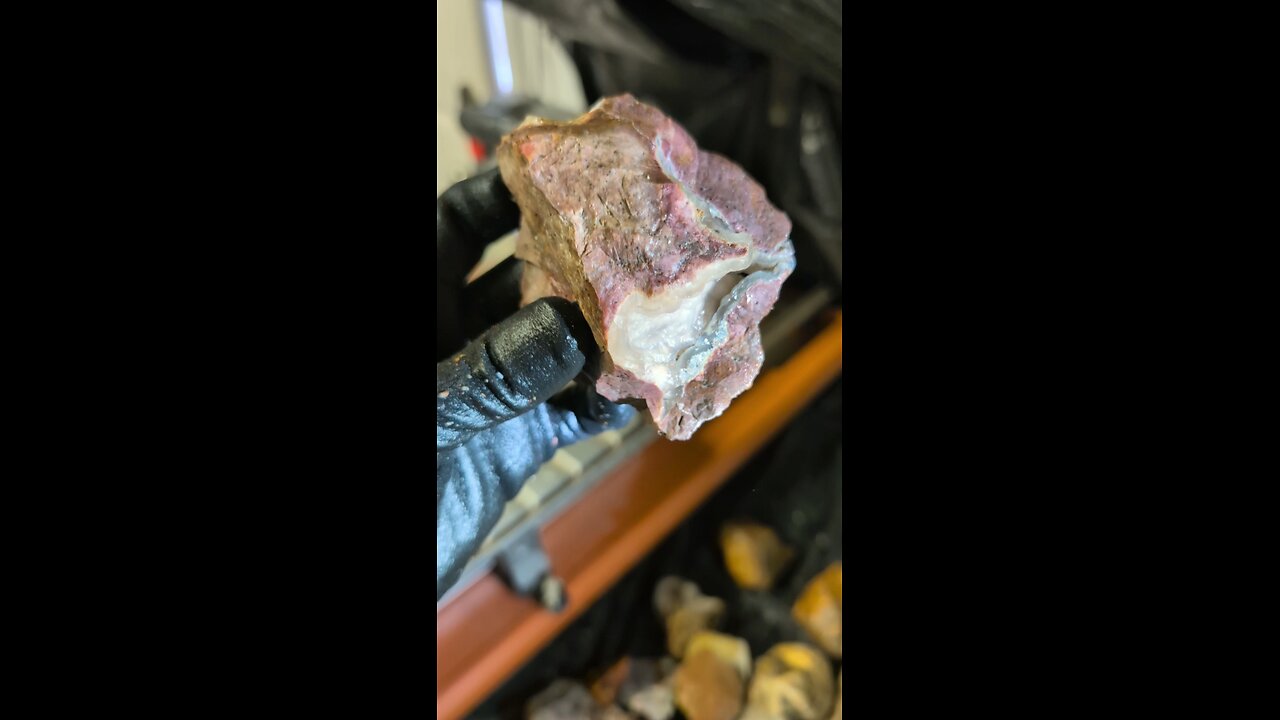
Whole & Broken Geodes!
Geode Field!
Botryoidal cut!
Shaping!
Broken Thunderegg Cluster!
Half a thunderegg!
Thunderegg Cluster w Common Opal!
Red Thunderegg Shard!
Thunderegg Cut!
Thunderegg Inspection!
Globular cut!
Bulbas glob cut!
Robbed! Grabbed the wrong half!
Thunderegg Cut!
Thunderegg Cut w/Opal!
Thundereggs?
Thought it would be three thundereggs!?!?
Thundercup glow!
Thunderegg glow!
Rabbit Springs Lava Flow!
Broken Geodes & Thundereggs!
Whole Thundereggs from Rabbit Springs Lava Flow!
Thunderegg Nest!
Crushed Thunderegg!
Tri-cluster of Thundereggs!
Tiny Thundereggs!
What's inside this Thunderegg?!?
Is it a Thunderegg?
Thunderegg twins!
Love the green inside!
Part of a Thunderegg!?
Thunderegg!
Half a Thunderegg w/Opal!
Thunderegg Cluster!
Circular Formation!
Thought this Thunderegg would be hollow!
Botryoidal cut!
Botryoidal is a term used in mineralogy to describe a mineral or rock formation that has a rounded, grape-like, or botryoidal (from the Greek word "botryoeidēs" meaning "like a bunch of grapes") shape. Here are some key points about botryoidal formations:
Formation: Botryoidal structures form when minerals precipitate from solution in a way that creates rounded, nodular surfaces. This often happens in cavities or vugs within rocks where mineral-rich solutions slowly deposit layers of minerals, building up in a manner that mimics the shape of grapes.
Common Minerals: Some minerals commonly found in botryoidal forms include:
Hematite: Often forms botryoidal shapes with a metallic luster.
Malachite: Known for its vibrant green botryoidal formations.
Goethite: Can exhibit botryoidal textures, usually in brown or yellow hues.
Chalcedony: Including varieties like agate, which can form botryoidal layers within geodes.
Psilomelane: A manganese oxide mineral often found in botryoidal shapes.
Texture: The texture of botryoidal minerals is smooth and rounded, with a surface that looks like clusters of small spheres or nodules. This texture is due to the slow, even deposition of mineral material from solution.
Uses:
Jewelry and Decoration: Botryoidal minerals are prized for their unique shapes and are often polished or cut into cabochons for use in jewelry. They can also be used as decorative stones.
Collectors: Due to their distinctive appearance, botryoidal specimens are popular among mineral collectors.
Art: Their natural beauty makes them suitable for artistic endeavors, including sculptures or inlays.
Geological Significance: Botryoidal formations can provide insights into the conditions under which the minerals precipitated, often indicating slow, stable conditions conducive to this type of growth. They are also indicators of the fluid dynamics and chemistry in the environment where they formed.
-
 21:24
21:24
marcushouse
11 hours ago $0.08 earnedStarship Flight 10: Go or No? 🚀
14.3K12 -
 LIVE
LIVE
MrR4ger
16 hours agoSUNDAY FUNDAY w/ R4GER - VARIETY / DIABLO 4/ FOR HONOR / ETC?
74 watching -
 5:40
5:40
WhaddoYouMeme
3 days ago $0.22 earnedThey’re Calling This the End of Masculinity
18K23 -
 15:24
15:24
Tactical Advisor
19 hours agoBest 2011 of 2025 | Bul Armory Ultralight Pro
21.8K1 -
 27:31
27:31
True Crime | Unsolved Cases | Mysterious Stories
2 days ago $0.14 earnedThe Hong Kong Schoolgirl Mystery – 5 Mysterious Unsolved Cases (Part 8)
17.1K3 -
 7:19
7:19
China Uncensored
1 day agoChina is DONE in the South China Sea
14.4K37 -
 5:17:07
5:17:07
Joe Donuts Live
6 hours ago🟢 Loot Rats Unleashed: Arena Breakout Chaos! | Joe + Tony + Vlad
25.5K1 -
 30:37
30:37
Degenerate Plays
18 hours ago $0.01 earnedThis College Is Out Of Control - GTA Online : Part 9
8.92K -
 16:28
16:28
Mrgunsngear
3 days ago $0.50 earnedBeretta 92XI SAO Sabbia Review - A Few Surprises
10.5K6 -
 1:48
1:48
Memology 101
2 days ago $0.06 earnedThis aged like milk for Tish James...
5.59K7
